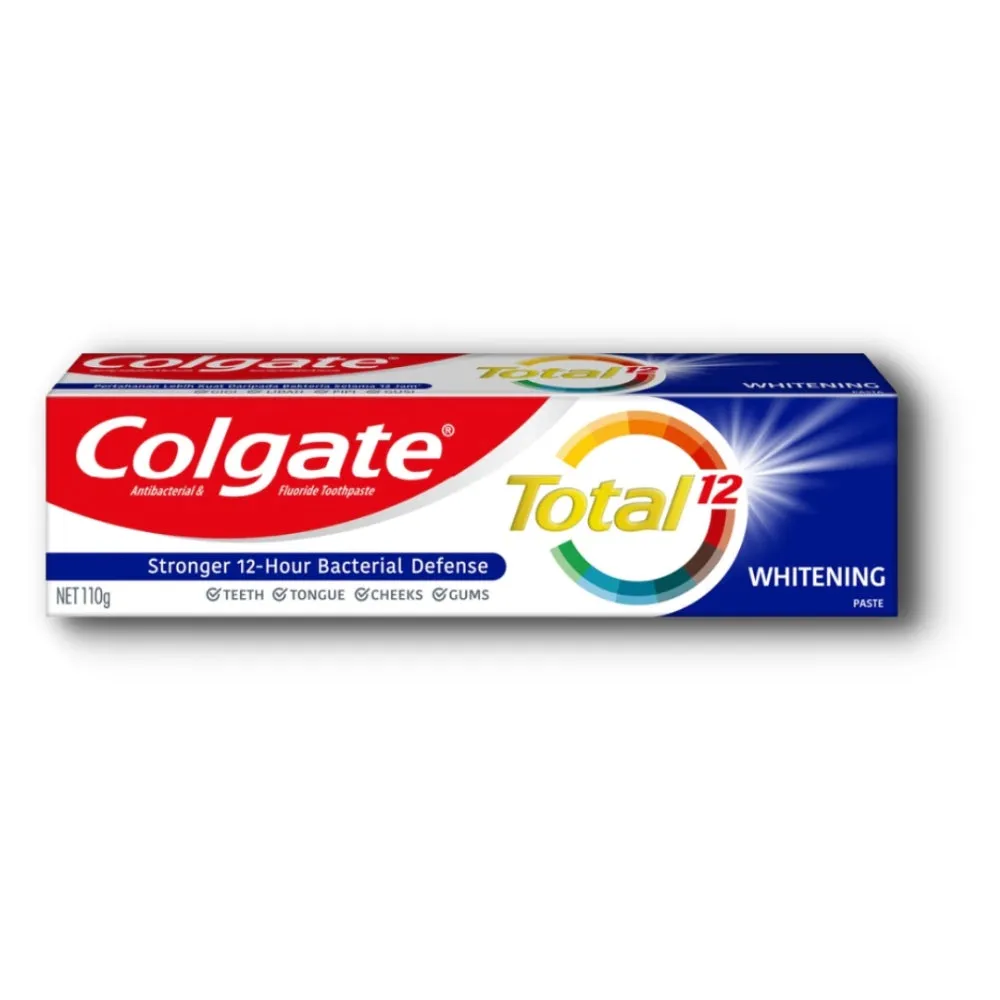Understanding Whitening Toothpaste
Whitening toothpaste has become a staple in many people’s oral hygiene routines, promising a brighter, more radiant smile. But what exactly is whitening toothpaste, and how does it differ from regular toothpaste? This article dives into the world of whitening toothpaste, exploring its ingredients, effectiveness, and how it can help you achieve the smile you’ve always desired. It’s essential to understand the basics before incorporating any new product into your daily regimen. From the science behind teeth whitening to the various types available, this guide provides comprehensive insights into making informed choices for your oral health.
What Makes Whitening Toothpaste Effective
The effectiveness of whitening toothpaste hinges on its ability to remove surface stains. Unlike professional teeth whitening treatments that alter the color of the dentin itself, whitening toothpaste primarily targets external stains caused by food, drinks, and lifestyle choices. The mechanisms through which it achieves this are diverse, primarily involving abrasive agents and chemical compounds. The degree of whitening varies depending on the concentration of these agents and the frequency of use, as well as the initial condition of your teeth. Consistency and proper usage play pivotal roles in realizing noticeable results. The ingredients work in concert to lift stains and restore the natural brightness of your teeth.
Key Ingredients in Whitening Toothpaste
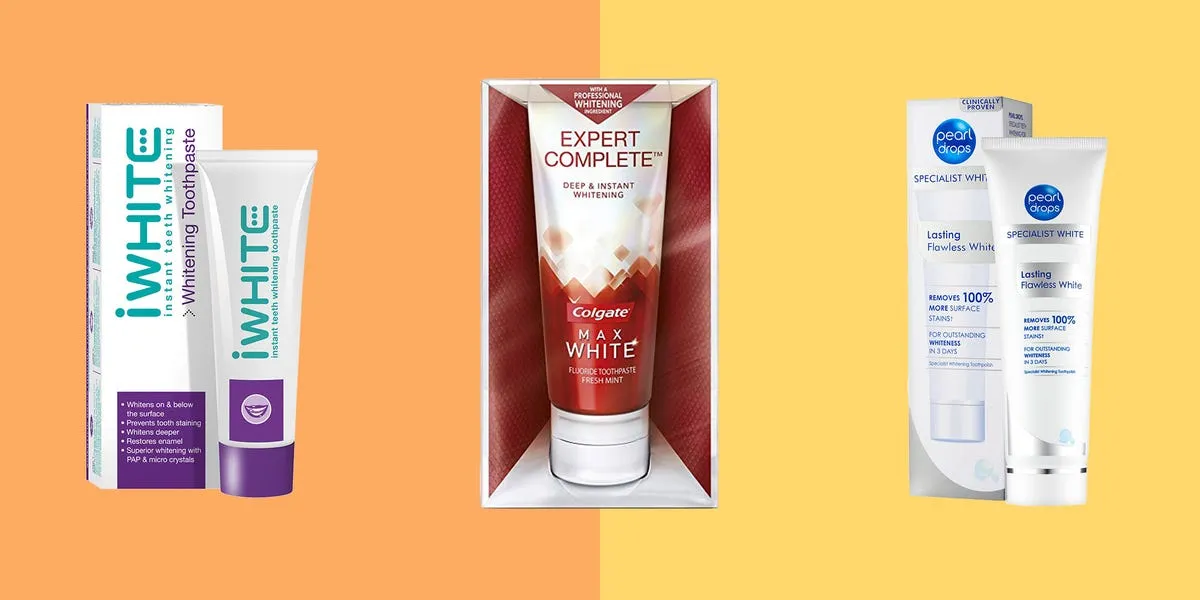
Whitening toothpaste contains a variety of ingredients, each contributing to its stain-removing capabilities. Abrasives, such as hydrated silica, calcium carbonate, and dicalcium phosphate, physically scrub away stains from the tooth surface. Peroxides, like hydrogen peroxide or carbamide peroxide, chemically break down stains, leading to a whitening effect. Other ingredients include detergents, which help to create foam for effective cleaning, and fluoride, essential for strengthening enamel and preventing cavities. The concentration and combination of these ingredients dictate the toothpaste’s effectiveness. Always consider the potential impact of these ingredients on your teeth and gums. Choose a toothpaste that suits your specific needs and sensitivities, and consult with your dentist if you have any concerns.
Types of Whitening Toothpaste Available
The market offers a diverse selection of whitening toothpaste, each tailored to specific needs and preferences. Some are designed for sensitive teeth, incorporating milder abrasives and soothing agents. Others focus on intensive stain removal, featuring higher concentrations of whitening agents. There are also natural or organic options, often utilizing ingredients like activated charcoal or baking soda. The choice depends on your individual oral health profile and desired results. Carefully consider your sensitivity levels and the severity of any stains. Research the specific ingredients and read reviews from other users to make an informed decision. Understanding the different options available is key to selecting the best whitening toothpaste for your needs.
How Whitening Toothpaste Works to Brighten Teeth
Whitening toothpaste works through a combination of mechanical and chemical processes. Abrasives in the toothpaste gently scrub the surface of the teeth, removing surface stains caused by food, drinks, and tobacco. Peroxides, if present, penetrate the enamel to break down stain molecules, which results in a brighter appearance. The effectiveness of whitening toothpaste varies depending on the type of stains, the concentration of active ingredients, and the duration of use. Regular and consistent use, coupled with proper brushing techniques, typically yields the best results. However, it is important to have realistic expectations, as whitening toothpaste primarily targets surface stains and may not be as effective as professional treatments for deeper discoloration.
Choosing the Right Whitening Toothpaste
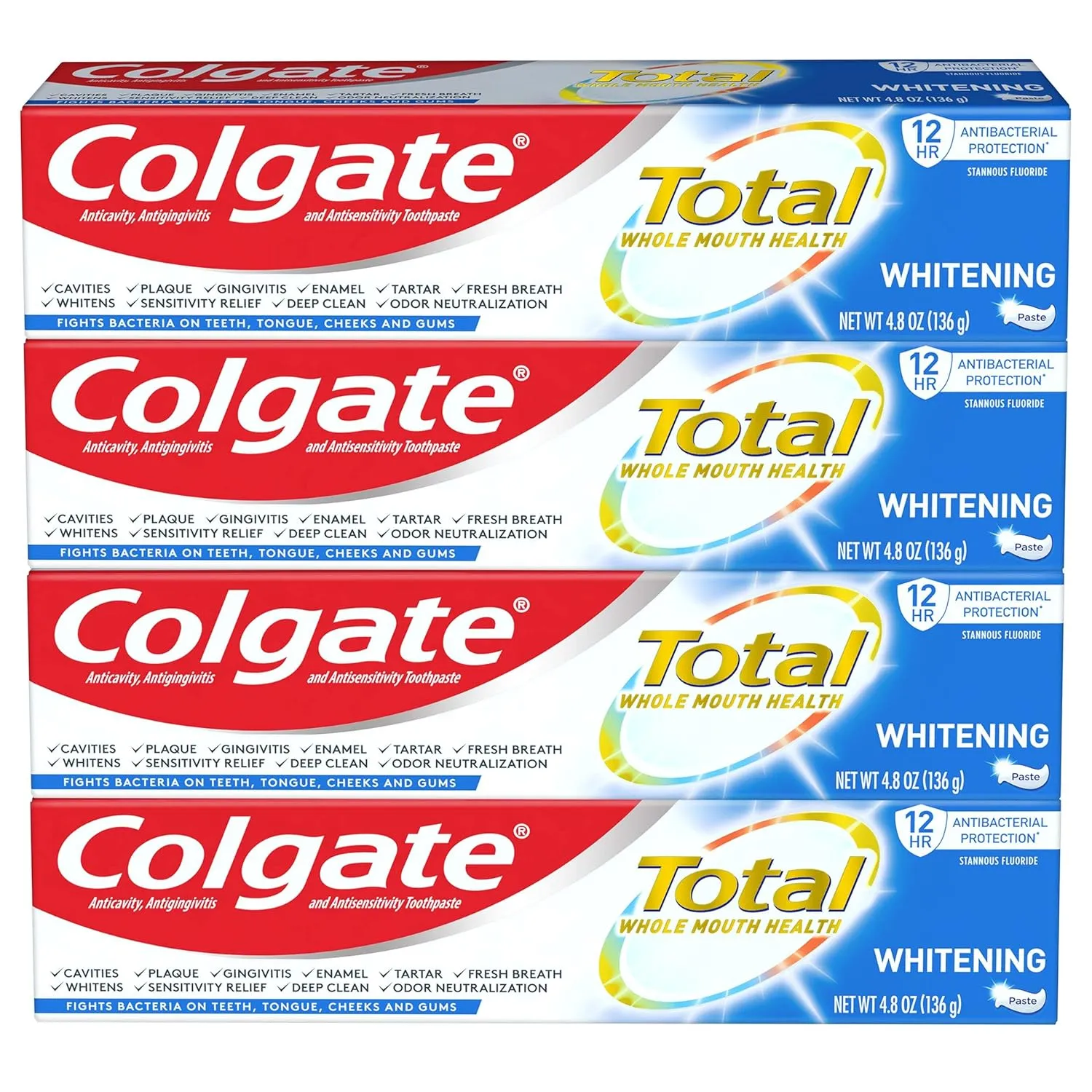
Selecting the right whitening toothpaste involves careful consideration of several factors to ensure optimal results and avoid potential issues. The ideal toothpaste should effectively remove stains while being gentle on your enamel and gums. Consider your sensitivity levels and the severity of your stains. If you have sensitive teeth, opt for a toothpaste with milder abrasives and desensitizing agents. Review the ingredients list to identify potential allergens or irritants. Look for the ADA (American Dental Association) Seal of Acceptance, indicating that the product has been tested and meets safety and efficacy standards. Consulting your dentist is also advisable, as they can provide personalized recommendations based on your oral health needs.
Factors to Consider When Selecting Toothpaste
When selecting a whitening toothpaste, several factors warrant attention to make an informed choice. First, assess the abrasiveness of the toothpaste; highly abrasive formulas may damage enamel, particularly with aggressive brushing. Second, examine the presence and concentration of active ingredients such as peroxides, which directly affect whitening. Third, understand the impact of the toothpaste on your gum health, especially if you experience sensitivity or recession. Look for toothpaste that includes fluoride to fortify the enamel and deter decay. Finally, consider the flavor and texture, because your compliance relies on regular, pleasurable use. Careful consideration of these factors helps you select a toothpaste that effectively whitens your teeth while preserving their health.
Your Smile Goals and Toothpaste Selection
Your smile goals should heavily influence your whitening toothpaste selection. Identify the level of brightness you desire, and set realistic expectations based on your teeth’s current condition and the type of stains you have. If you are seeking minor improvements, a gentle whitening toothpaste could suffice. However, for more significant whitening, you might require a toothpaste with higher concentrations of whitening agents or even consider professional treatments. If you have sensitive teeth, prioritize a toothpaste with a mild formula that minimizes irritation. If you have specific dental work like veneers or crowns, discuss whitening options with your dentist, as these restorations might not respond to whitening toothpaste in the same way as natural teeth.
Evaluating Whitening Toothpaste Products
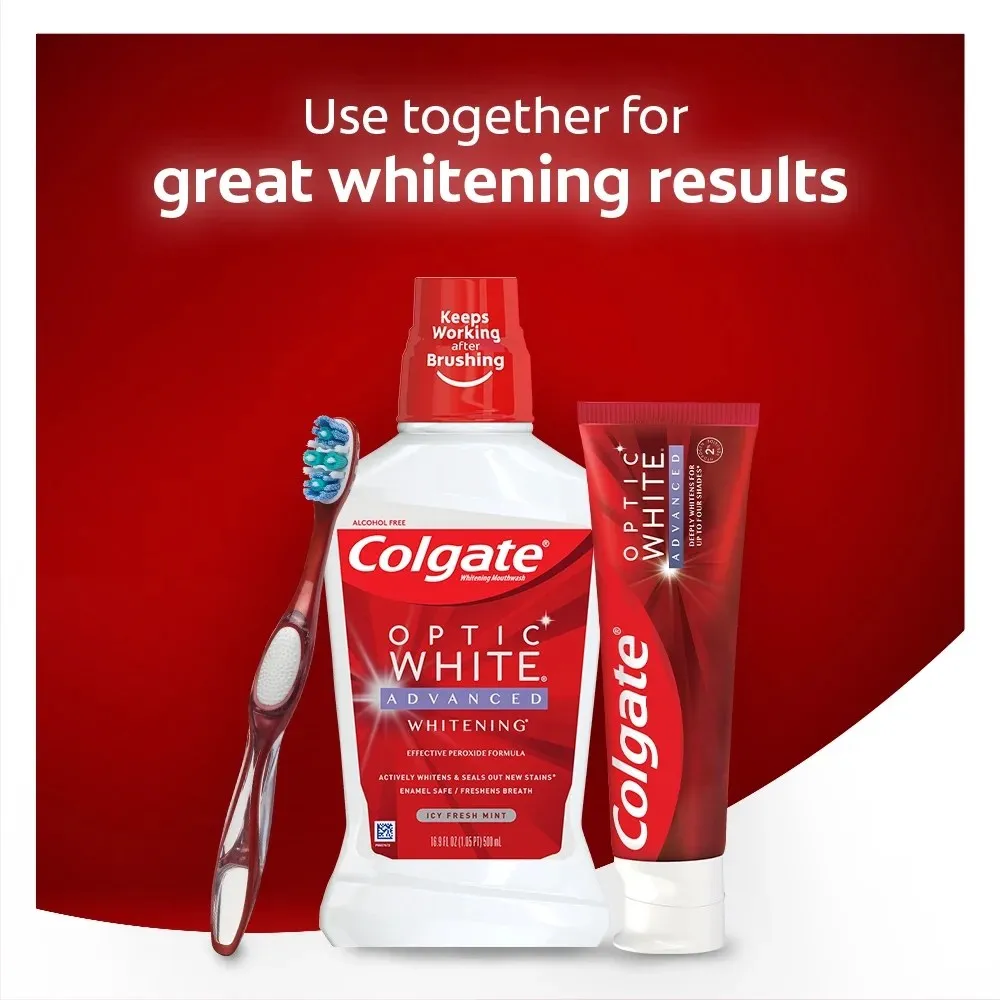
Evaluating whitening toothpaste products necessitates a systematic approach to guarantee an appropriate choice. Start by thoroughly reviewing the ingredient list, paying close attention to abrasive agents and whitening chemicals. Assess the concentration levels of active ingredients, understanding that higher concentrations could produce more pronounced effects, albeit with the potential for heightened sensitivity. Read consumer reviews and testimonials to ascertain real-world outcomes and potential adverse effects. Look for third-party certifications such as the ADA Seal, which validates the product’s safety and efficacy. Consider the product’s flavor and usability, which influences your willingness to utilize it routinely. Conduct a thorough evaluation process to make an informed decision.
Proper Use and Application of Whitening Toothpaste
The efficacy of whitening toothpaste hinges not only on its formulation but also on how it’s used. Proper application and consistent use are crucial for achieving desired results while mitigating potential risks. Following the correct techniques ensures that the toothpaste maximizes its whitening potential and preserves oral health. This includes brushing for the recommended duration, using the right amount of toothpaste, and applying the proper brushing pressure. These techniques are essential for a successful whitening experience. Ignoring these recommendations could diminish the impact and even negatively affect oral health.
Techniques for Effective Brushing
Employing the correct brushing techniques is paramount for effectively using whitening toothpaste. Begin by angling your toothbrush at a 45-degree angle towards the gum line, ensuring that the bristles reach both the teeth and the gums. Use gentle, circular motions to brush each tooth’s surface, spending sufficient time on all areas – the front, back, and chewing surfaces. Avoid applying excessive pressure, which could damage the enamel and gums. Reach all areas of your mouth, including the back molars. Use a soft-bristled toothbrush to protect your enamel. If you have a powered toothbrush, follow the manufacturer’s instructions, ensuring it is used correctly to maximize whitening efficacy and minimize any damage.
Optimizing Whitening Toothpaste Application
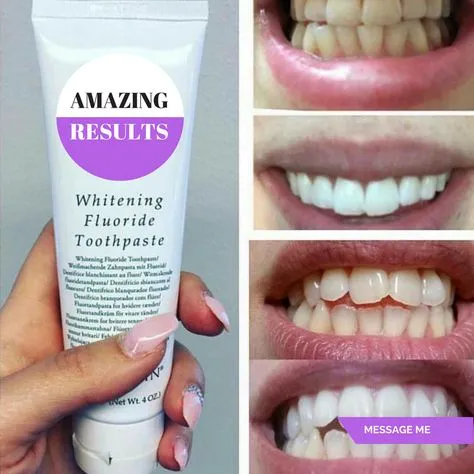
Optimizing the application of whitening toothpaste involves more than just the brushing technique itself. Begin with the correct amount of toothpaste, usually a pea-sized amount, to avoid excessive abrasiveness. Ensure even distribution of the toothpaste across all tooth surfaces. Allow sufficient time for the toothpaste to work, by brushing for the recommended duration, typically two minutes, twice daily. Consider using a timer or a brushing app to guarantee adequate brushing time. Use a consistent approach, including not skipping any areas of your mouth. Use a gentle, circular motion. Following these recommendations helps amplify whitening results and contribute to improved oral hygiene.
Brushing Duration and Frequency
The brushing duration and frequency are crucial for maximizing the effectiveness of whitening toothpaste. Dentists typically recommend brushing for at least two minutes, twice a day. This brushing duration allows sufficient time for the toothpaste to interact with the tooth surfaces, removing stains and debris. Ensure that you brush in the morning and before bed, to remove any buildup of bacteria overnight. Use a timer to ensure you meet the recommended duration and divide your mouth into quadrants. Spend 30 seconds brushing each section for a comprehensive clean. Consistent brushing at the recommended frequency is key to achieving optimal results, reducing staining, and improving overall oral health. It ensures the active ingredients have enough time to work.
Enhancing Results with Whitening Toothpaste
Maximizing the results from whitening toothpaste involves integrating it with additional oral hygiene practices. These strategies enhance the toothpaste’s efficacy and contribute to comprehensive dental health. This approach involves a holistic strategy, from maintaining consistent oral hygiene to making informed lifestyle choices. Complementing the use of whitening toothpaste with other treatments and habits will significantly enhance the results and ensure a brighter, healthier smile. Incorporating these methods helps to extend the impact and long-term benefits of whitening toothpaste.
Complementary Dental Hygiene Practices
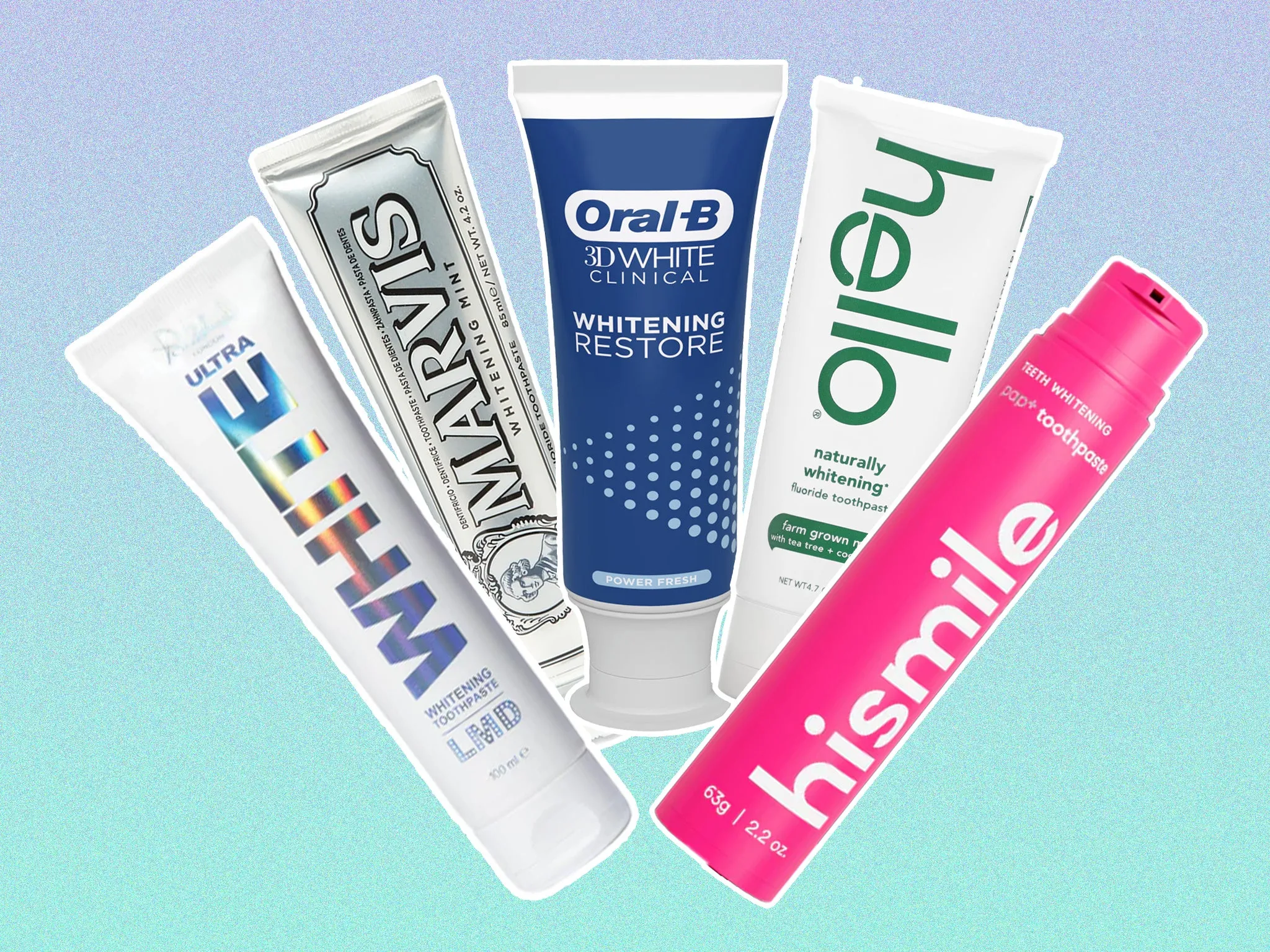
Complementary dental hygiene practices greatly enhance the effectiveness of whitening toothpaste. Flossing daily removes plaque and food particles from between the teeth, where brushing can’t reach, thereby reducing staining. Using mouthwash, especially an alcohol-free one, further cleanses the mouth and can help to remove surface stains. Scraping your tongue can eliminate bacteria and promote fresh breath. Regular dental check-ups and professional cleanings are essential for removing stubborn stains and plaque, maintaining overall oral health. These practices work synergistically with whitening toothpaste, leading to a brighter smile. Consistent and comprehensive oral hygiene is key for long-term success.
Dietary Considerations for Whitening
Dietary choices can dramatically influence the effectiveness of whitening toothpaste. Certain foods and drinks stain teeth and hinder whitening efforts. Reduce the consumption of coffee, tea, red wine, and dark-colored berries, which are notorious for causing stains. Rinse your mouth with water after consuming these items. Drink plenty of water throughout the day to keep your mouth hydrated and rinse away potential staining agents. Eating crunchy fruits and vegetables, such as apples and carrots, can help naturally clean teeth and increase saliva production, which neutralizes acids and removes food particles. Being mindful of these dietary considerations will help to prevent stains and maximize your teeth whitening potential.
Professional Teeth Whitening Options
In addition to whitening toothpaste, professional teeth whitening options provide more dramatic and lasting results. In-office whitening treatments, performed by a dentist, use concentrated bleaching agents activated by light or heat. These treatments can significantly whiten teeth in a single session. At-home whitening kits prescribed by your dentist offer a more customized approach, involving custom-fitted trays and professional-strength bleaching gels. These methods are usually more effective than over-the-counter products. Consulting with a dentist allows you to assess the most suitable whitening method based on your individual dental needs. Professional options deliver more powerful results, especially for stubborn stains or intrinsic discoloration.
Maintaining Your Brighter Smile
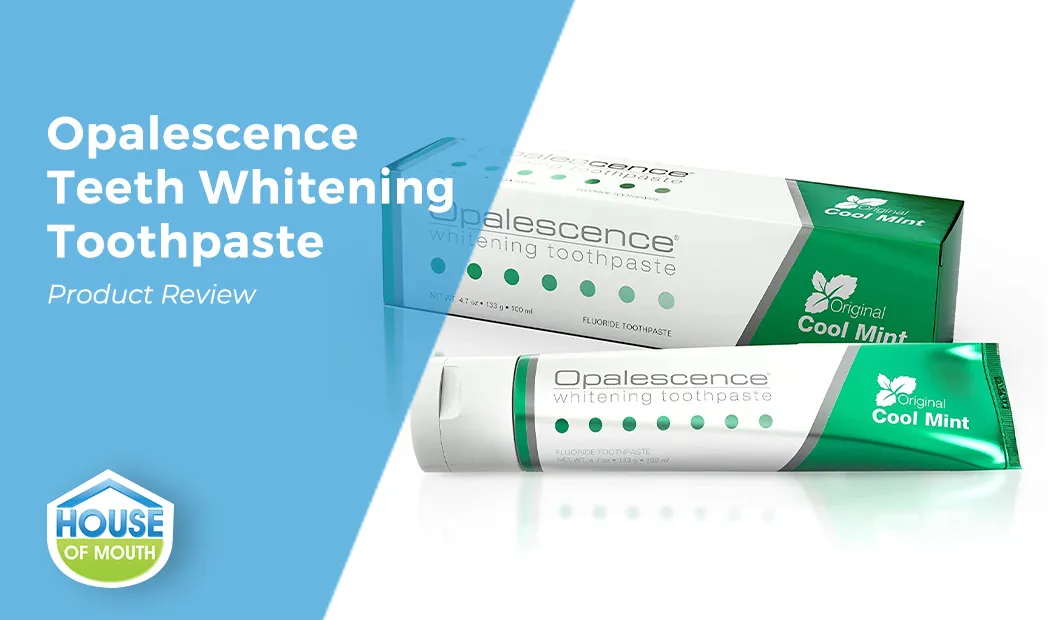
Once you’ve achieved a brighter smile, the focus shifts to maintenance. Preventing new stains and preserving your whitening results requires a sustained commitment to oral hygiene and healthy lifestyle choices. This involves consistent practices and regular dental check-ups to keep your teeth looking their best. Proper care guarantees that your hard work yields lasting benefits. The combination of consistent effort and vigilance will give you the best chances of maintaining your new, brighter smile.
Long-Term Oral Hygiene Strategies
Implementing long-term oral hygiene strategies is crucial for maintaining a brighter smile and overall oral health. Continue brushing twice daily for two minutes with a whitening toothpaste or your dentist-recommended toothpaste. Floss daily to remove plaque and debris from between your teeth and keep your gums healthy. Rinse with mouthwash to further remove bacteria and refresh your breath. Consider using a tongue scraper to eliminate bacteria and improve oral hygiene. Consistent implementation of these practices will keep your teeth looking their best and will support good oral health long-term.
Regular Dental Check-ups
Scheduling regular dental check-ups and professional cleanings is essential for long-term oral health and preserving a brighter smile. These appointments allow your dentist to identify and address any potential issues early, such as cavities or gum disease. During cleanings, a dental hygienist will remove plaque, tartar, and surface stains that brushing alone cannot eliminate. Regular check-ups allow your dentist to monitor your whitening results and offer personalized advice on maintaining your smile. They can also identify potential problems and treat them before they become severe. Following your dentist’s recommendations ensures your teeth stay healthy and bright.
Avoiding Staining Foods and Beverages

Avoiding staining foods and beverages is a fundamental aspect of maintaining a brighter smile. Limit your intake of coffee, tea, red wine, and dark-colored sodas, all of which can stain teeth. Be mindful of deeply colored foods, such as berries, soy sauce, and curries, which also contribute to staining. Rinse your mouth with water after consuming these items to minimize their impact. If you cannot avoid these staining agents, consider using a straw to minimize contact with your teeth. Incorporating these strategies into your daily routine will help preserve the results of your whitening efforts and keep your teeth looking their best.
